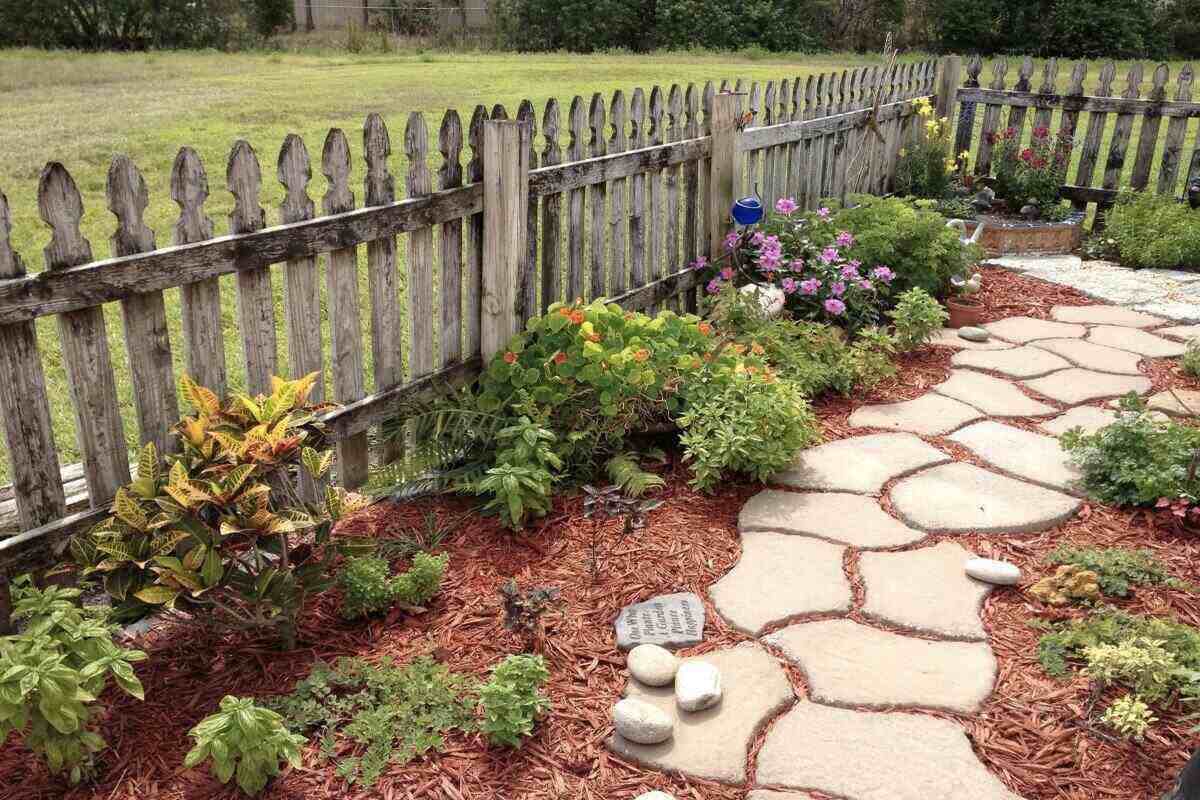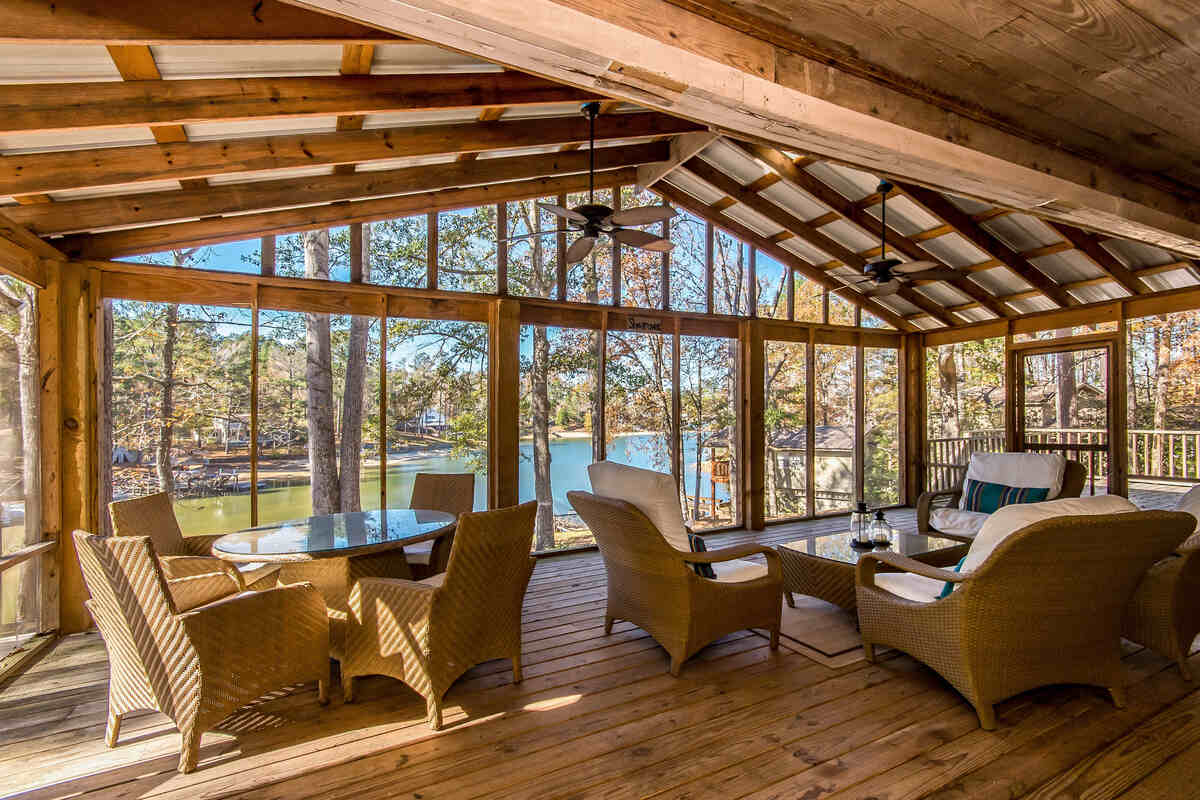
Lighting is an important feature of a safe and functional outdoor space. When the sun goes down, you want to be able to use your outdoor space for entertaining guests or allowing your kids to enjoy themselves.
Solar landscape lights are popular, not just because of how energy efficient they are, but because they are inexpensive to run and require little maintenance. They aren’t without drawbacks, however, so consider the pros and cons of solar landscape lights before buying them.
What Is Solar Landscape Lighting?
Solar landscape lights draw their energy from the sun. They house solar panels, which the sun heats and converts into electricity.
Solar landscape lights have many applications, such as increasing home security, illuminating outdoor spaces and pathways, and brightening living spaces. They comes in many forms – walkway lights, floodlights, and more.
Pros
Cost
The most attractive feature of solar lights is how budget-friendly they are. They don’t need electricity, which means lower electric bills, and they don’t need to be hard-wired to the house, which generally makes installation cheaper and easier. The batteries can last up to four years before they need to be replaced, and the lightbulbs last even longer than that.
Easy to Install
Homeowners and DIYers like solar landscape lights because they are easy to install. Just assemble the pieces and either stake the light to the ground or hang them up. Additionally, since they don’t require electricity, you can install them in areas without electrical wiring, meaning you don’t have to worry about accidentally cutting its power source.
Make sure you put the lights in areas that get adequate sunlight. Otherwise, the bulbs won’t provide as much light as they should. If you plan on placing the lights in a garden, make sure to prune overhanging branches that could block sunlight and position them where they can absorb the sun’s rays.
Eco-Friendly
Solar-powered lights are eco-friendly. They use solar energy and don’t produce gas, fumes, carbon emissions, or pollution. Additionally, most solar lighting systems use LED bulbs, which don’t need frequent replacing, thus reducing waste.
Low Maintenance
Solar-powered landscape lighting is self-contained, meaning it doesn’t require much maintenance. Just wipe it down with a rag. However, regularly cleaning solar panels lets them charge more effectively and work longer.
When properly taken care of, solar-powered lights have a lifespan of 20,000 hours.
Cons

Weather-Dependent
Since solar lights use the sun as their power source, they rely on clear skies and optimal weather conditions. If it’s raining outside, or you live in a region with little sun, you won’t get much light. You have no control over how much sunlight you get, making solar lights occasionally unreliable and unpredictable.
High Initial Cost
Although solar landscape lights are generally budget-friendly, some varieties can be expensive. If you choose solar lighting, know that the long-term savings will balance out the upfront cost.
Additionally, know that you get what you pay for. Higher quality lighting systems are brighter and more powerful but have higher price tags.
Solar vs. Low Voltage
If you find solar lighting too flawed or are uninterested in them, low-voltage landscape lighting is a good alternative. It’s energy efficient in ways that solar lighting isn’t.
Solar lights only work in strong sunlight, but low voltage, or LED lights, work any time, including cloudy days. Because of this, they can brighten areas that solar lights can’t.
However, low-voltage lights are more expensive. LED landscape lighting systems are made of more expensive materials like aluminum and stainless steel. Additionally, the installation process is more involved, hence the price tag.
Despite this, you can use solar and low-voltage lighting in different situations. For example, you can use solar lights as walkway lights and low-voltage lighting everywhere else.
FAQs
No, if the lights have plenty of sunlight, they will work all year round. However, some lights work better than others due to the technology they use. For example, lamp posts work throughout the winter months, while decorative lights aren’t as effective in winter as they are in summer.
The best wattage for solar lights is 80 or lower, depending on what you’ll use them for. Less than 40 watts is ideal for lighting pathways and garden beds, and between 40 to 80 watts is great for lighting driveways and smaller yards. Anything above 80 watts is too bright, and should only be used for floodlights and security lighting, rather than for homes.
Though not as effective as sunlight, it’s possible to charge solar lights by placing the solar panels near an LED light like an incandescent bulb or a flashlight. The light will act as a power source.
Alternative solutions include using mirrors to reflect sunlight or, if your lights have rechargeable batteries, buying an adapter to charge them (the electricity will supplement the sunlight they collect rather than replace it).
Here Comes the Sun
Solar energy has many applications, and it can make life better for your home while lowering your electricity bills. However, solar lights have numerous disadvantages, which can make them unattractive. If you aren’t sure whether to use the sun as a power source, call one of our landscape pros, and we’ll assist you.
Main Image Credit: Marco Verch Professional Photographer / Flickr / CC BY 2.0




